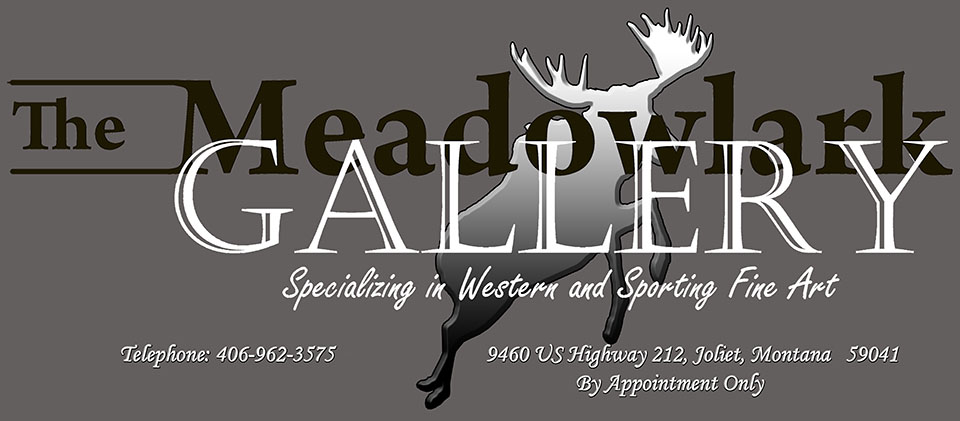|
|
||
|
Richard
A. Throssel (1882-1933) |
||
 Richard Albert Throssel (1882-1933) was born in Marengo, Washington, of French Canadian and Cree Indian descent. Throssel moved to the Crow Indian reservation in southeastern Montana in 1902 for the drier climate and to join his brother Harry as an office clerk. Throssel was adopted by the Crow tribe in 1905 and given the name of Esh Quon Dupahs, or "Kills Inside the Camp." While at the reservation Throssel bought some camera equipment and
took photography through correspondence schools. In 1905, he met photographer
Edward S. Curtis, and was briefly instructed by him. Curtis was at the
time working on his monumental works The Vanishing Race and North American
Indians and invited Throssel to his studio in Seattle for further instruction
in photographic techniques. In 1909 Commissioner for Indian Affairs
R.G. Valentine appointed Throssel to be field photographer for the Crow
reservation and assigned him to take documentary pictures of the tribe
in a campaign against tuberculosis. Shortly afterwards Throssel in 1911,
established his own photography studio, the Throssel Photocraft Company,
in Billings, Montana. He worked as a commercial photographer and endeavored
to attract attention to his pictures of the Crows through postcards,
prints, and giving lantern slide lectures in his studio. Source: American Heritage Center, University of Wyoming, P.O. Box 3924, Laramie, WY 82071. |
||
|
View high resolution images of works by Richard
A. Throssel when available. |
||
Have questions about these images? E-mail Meadowlark Gallery!!Home Page / Biography Library / Bronze / Collectibles / Etchings / Paintings / Pen and Ink / Graphite / Working Decoys Gallery Credentials / Firearms / Triangle Z Ranch Furniture / Customer Percs |
||
